103-72-0
| Name | phenyl isothiocyanate |
|---|---|
| Synonyms |
Thiocarbanil
isothiocyanic acid phenyl ester UNII:0D58F84LSU Benzene, isothiocyanato- MFCD00004798 Edman Reagent Isothiocyanatobenzene Phenyl isothiocyanate EINECS 203-138-1 benzenisothiocyanate |
| Density | 1.0±0.1 g/cm3 |
|---|---|
| Boiling Point | 221.0±9.0 °C at 760 mmHg |
| Melting Point | −21 °C(lit.) |
| Molecular Formula | C7H5NS |
| Molecular Weight | 135.186 |
| Flash Point | 87.8±0.0 °C |
| Exact Mass | 135.014267 |
| PSA | 44.45000 |
| LogP | 3.24 |
| Vapour Pressure | 0.2±0.4 mmHg at 25°C |
| Index of Refraction | 1.571 |
| Stability | Stable. Combustible. Incompatible with strong oxidizing agents, strong acids. |
CHEMICAL IDENTIFICATION
HEALTH HAZARD DATAACUTE TOXICITY DATA
MUTATION DATA
|
| Symbol |



GHS05, GHS06, GHS08 |
|---|---|
| Signal Word | Danger |
| Hazard Statements | H301-H314-H317-H334 |
| Precautionary Statements | P261-P280-P301 + P310-P305 + P351 + P338-P310 |
| Personal Protective Equipment | Faceshields;full-face respirator (US);Gloves;Goggles;multi-purpose combination respirator cartridge (US);type ABEK (EN14387) respirator filter |
| Hazard Codes | T:Toxic;N:Dangerousfortheenvironment; |
| Risk Phrases | R23/24/25;R34;R42/43;R63 |
| Safety Phrases | S9-S16-S29-S33-S60-S61-S62-S36-S26-S23-S45-S36/37/39 |
| RIDADR | UN 1993 3/PG 2 |
| WGK Germany | 3 |
| RTECS | NX9275000 |
| Packaging Group | II |
| Hazard Class | 6.1 |
| HS Code | 2930909090 |
| Precursor 9 | |
|---|---|
| DownStream 10 | |
| HS Code | 2930909090 |
|---|---|
| Summary | 2930909090. other organo-sulphur compounds. VAT:17.0%. Tax rebate rate:13.0%. . MFN tariff:6.5%. General tariff:30.0% |


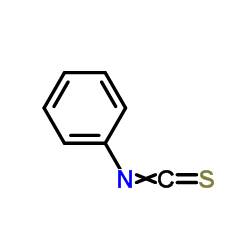
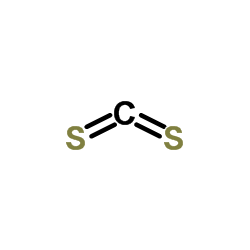
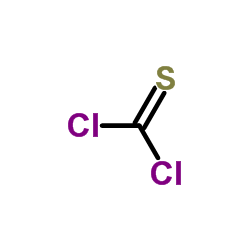
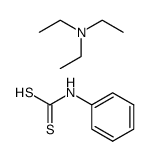
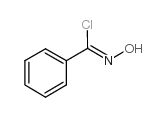

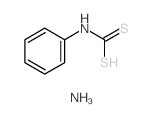
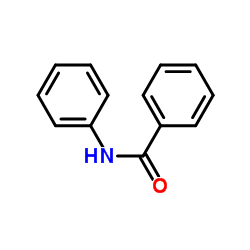
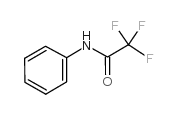

![1-[[2-(9-bromoindolo[3,2-b]quinoxalin-6-yl)acetyl]amino]-3-phenylthiourea structure](https://image.chemsrc.com/caspic/453/109322-16-9.png)
![1-[[2-(2-chloroindolo[2,3-b]quinoxalin-6-yl)acetyl]amino]-3-phenylthiourea structure](https://image.chemsrc.com/caspic/143/109322-11-4.png)
![3-[(9-bromoindolo[3,2-b]quinoxalin-6-yl)methyl]-4-phenyl-1H-1,2,4-triazole-5-thione structure](https://image.chemsrc.com/caspic/236/109322-26-1.png)
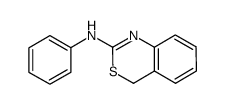
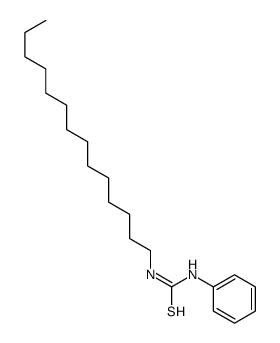
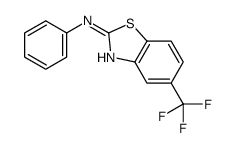
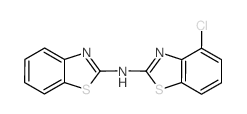
![3-[(2-chloroindolo[2,3-b]quinoxalin-6-yl)methyl]-4-phenyl-1H-1,2,4-triazole-5-thione structure](https://image.chemsrc.com/caspic/436/109322-21-6.png)
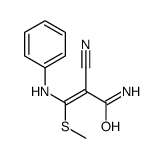
![3-phenylpyrido[1,2-a][1,3,5]triazine-2,4-dithione structure](https://image.chemsrc.com/caspic/177/112107-41-2.png)